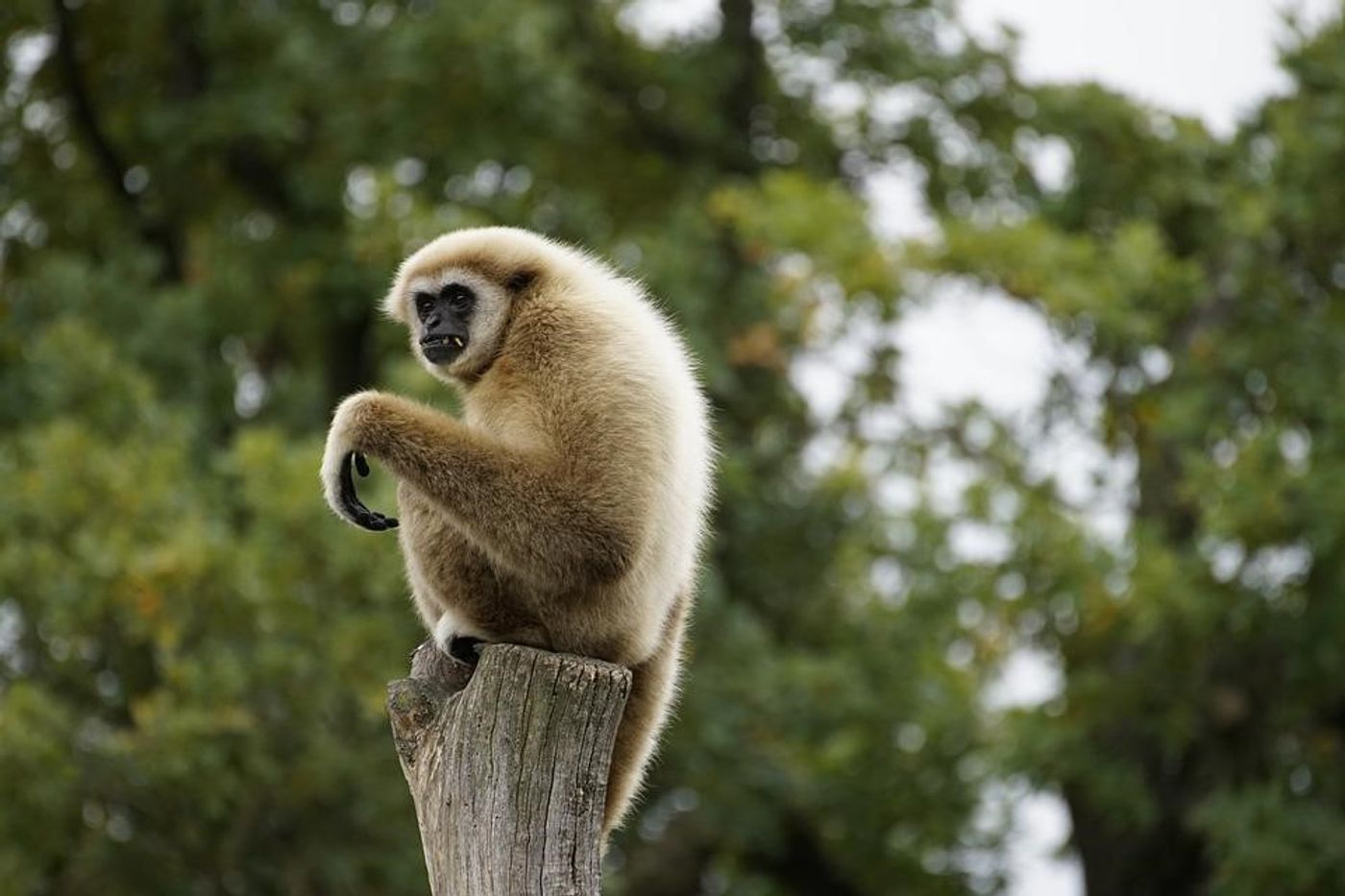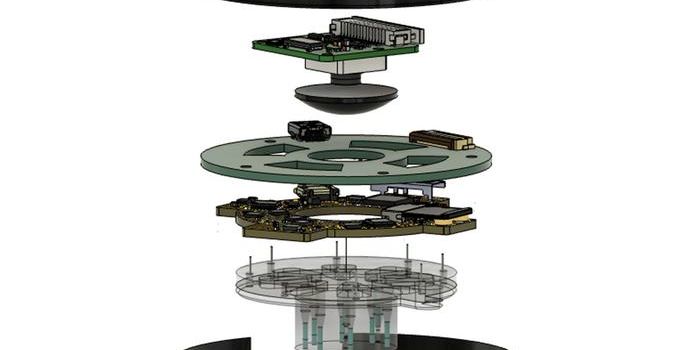New gibbon fossils suggest the genus is 8 million years old
If you’ve ever walked through a zoo and heard a long, low call that was answered by another call, you might have heard two gibbons singing to each other. Gibbons are monogamous primates, and male and female pairs have a unique call that they sing to each other each morning. If you haven’t heard their calls, you might recognize them as the animals whose arms are so long that they drag on the ground when they walk.
Regardless of whether you have seen a gibbon before, new research in the Journal of Human Evolution suggests that gibbon ancestors may be older than previously thought. In 2006, 14 teeth belonging to a new fossil species, named Yuanmoupithecus xiaoyuan, was discovered near Yuanmou in Yunnan Province in southwest China. At the time of its discovery, it was thought to be a catarrhine (a monkey from Africa or Asia) dating to the Late Miocene (8.2-7.1 million years ago). Early research suggested that this fossil may be related to the proconsuloids or the dendropithecoids, both extinct genera of primates living in Eastern Africa during the early Miocene, about 21-14 million years ago.
New research, however, suggest that this fossil may actually be related to the hylobatids, a group that includes about 20 living species of gibbon and siamang, based on the discovery of seven new teeth and a partial lower face. Analysis led by Xueping Ji of the Kunming Natural History Museum of Zoology in Kunming, China found that Yuanmoupithecus exhibits a suite of traits that support a close phylogenetic relationship to living gibbons, and may be a sister taxon to crown hylobatids due to the retention of many primitive traits.
Based on this analysis, this new fossil represents the earliest known hylobatid and is the only member of the clade to live before the dawn of the Pleistocene. Some researchers, however, argue that the oldest hylobatid fossil is actually a molar discovered in northern India belonging to Kapi ramnagarensis—though that argument is not supported by the current research team who say that Kapi is likely a specialized pliopithecoid (a catarrhine species from the Miocene of Eurasia).
Based on the newly discovered teeth and lower face, the fossil record for gibbons is extended back to 7-8 million years ago. While a substantial gap in the gibbon fossil record remains since molecular estimates suggest that hylobatids diverged from hominoids around 17-22 million years ago, this new find undoubtedly contributes important evidence for the evolution of gibbons.
Sources: Science News, PLoS One, Journal of Human Evolution, The Royal Society, Science News









